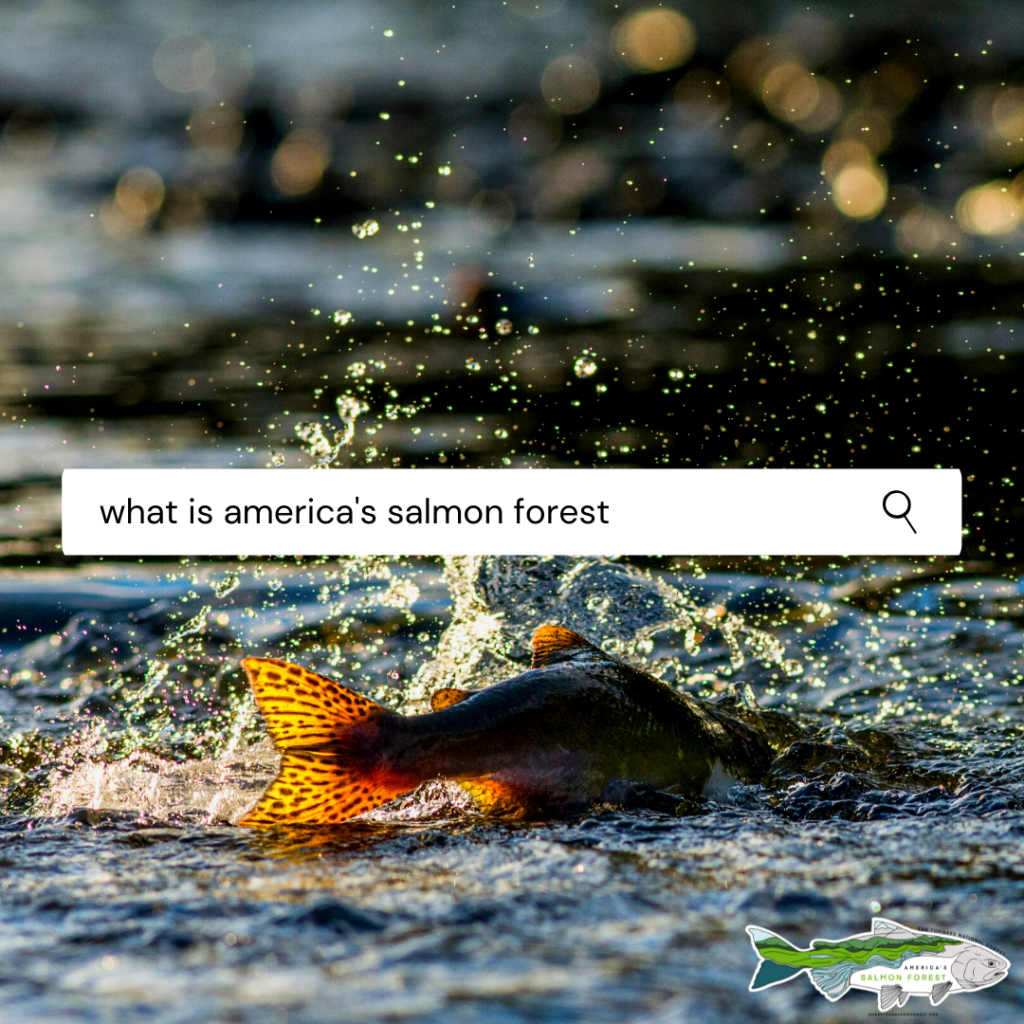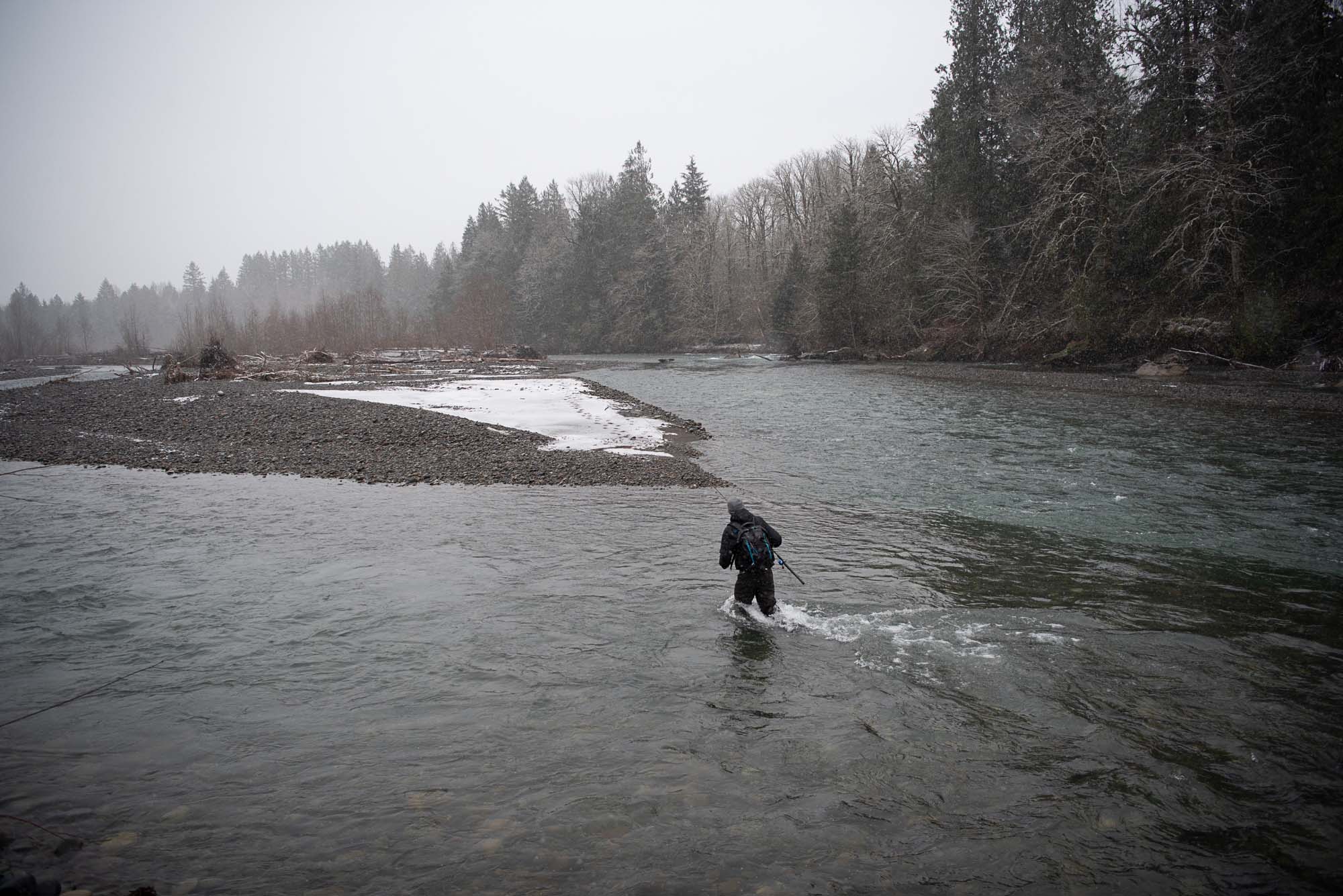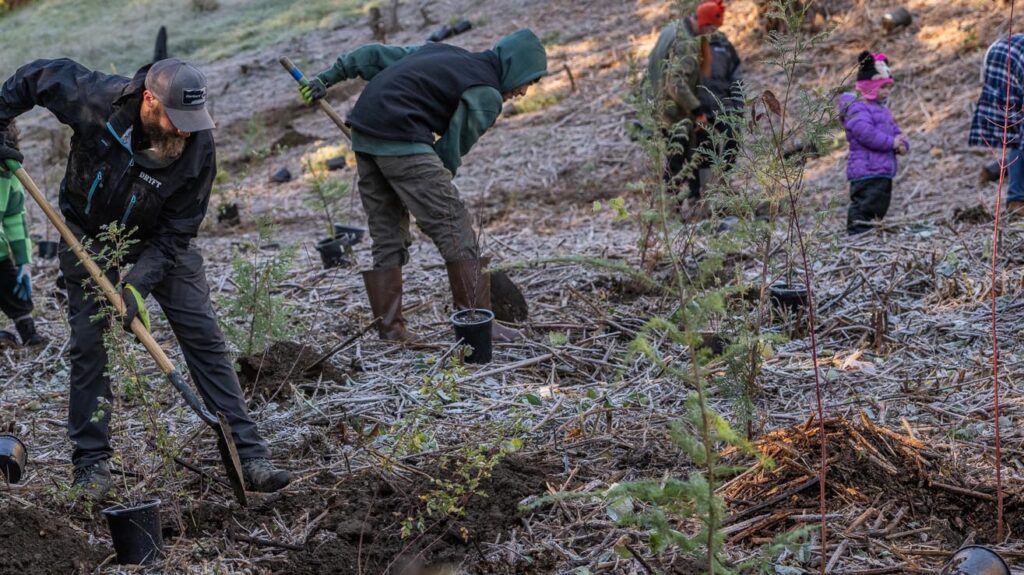
The Tongass is the Nation’s largest national forest; it supplies habitat for abundant fish and wildlife and ample
recreation opportunities in the southeast Alaska region. When you imagine yourself on a remote fishing or
hunting trip, a wild landscape where large trout, wild salmon and steelhead, and big game are plentiful, or
breathtaking scenery where you can get away from it all, the odds are good you’re thinking of a roadless area in
the Tongass National Forest.
From the Situk River in the north to Prince of Wales Island in the south, the Tongass provides hunters, anglers
and outdoor recreationists some of the best and most diverse outdoor opportunities available in North America.
Taking care of the land that takes care of Southeast Alaska businesses is just common sense.
Recently, the U.S. Forest Service has proposed restoring protections for more than 9 million acres of roadless
areas in the Tongass National Forest, reinstating the 2001 Roadless Rule after it was hastily repealed late last
year. The removal of the rule went against the wishes of 96% of all public comments, Southeast Alaska Tribal
governments, and local anglers, hunters and outdoor recreationists. This news has spurred a 60 -day comment
period to provide the public’s input on the reinstatement of the roadless rule on the Tongass National Forest. If
approved, the roadless rule will be reinstated on the Tongass and will safeguard important fish, wildlife and
recreation areas.
Take Action now to restore roadless protections on America’s Salmon Forest
This comment period is the next step toward implementing the Forest Service’s new “Southeast Alaska
Sustainability Strategy”. The strategy ends large scale, old-growth logging on the forest and will, instead, prioritize
recreation, restoration and resiliency, and make significant new investments in projects that support sustainable
economic growth and community health.
The strategy is part of the Forest Service’s effort to align its forest management with the ecological and economic
realities of the region. The Tongass produces more salmon than all other national forests combined and
supports fishing and tourism industries that account for 26% of local jobs in the region. In contrast, logging
supports fewer than 1% of local jobs while harming the fishing and tourism industries, costing taxpayers million
annually, and supporting export markets instead of local demand. This strategy recognizes the Tongass is most
valuable for its wild salmon, abundant wildlife, and scenic landscapes, and will support Southeast Alaska’s
diversified economy and help conserve scarce forest resources.
Reinstating the roadless rule is what’s best for the land, wildlife, people and economy of Southeast Alaska. Tell the
U.S. Forest Service you agree and take action today. We are happy to speak up for the Tongass and encourage
everyone to submit a comment supporting continued protections on wildlife and recreation habitat in
Southeast Alaska. To learn more, visit AmericanSalmonForest.org











